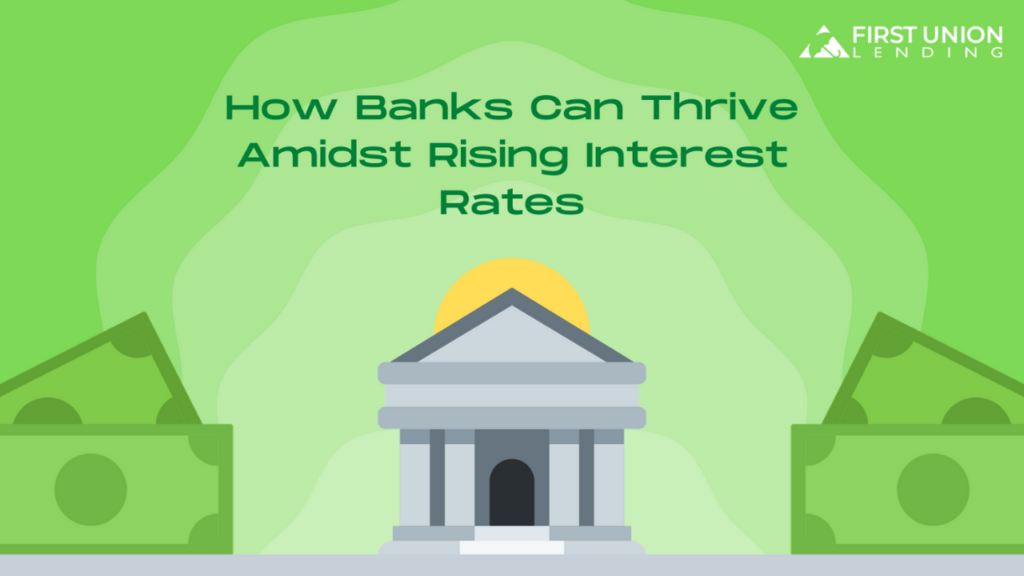
The Warning from Wall Street
Jamie Dimon, the CEO of JPMorgan Chase, recently sounded the alarm on the potential for interest rates to climb as high as 7%. His warning serves as a wake-up call to those who may have overindulged in risk when rates were at an all-time low.
“I am not sure if the world is prepared for 7%,” he cautioned, insinuating that such a scenario would reveal the true resilience of financial institutions.
The Pressure of High Rates on US Banks
As the third quarter earnings season unfolds, the preparedness of US banks for enduring high rates will be tested. High-profile players such as JPMorgan, Citigroup, and Wells Fargo will be under the microscope.
The Federal Reserve’s September declaration of maintaining higher rates for an extended period pressures banks. This stance could make deposits pricier, accentuate paper losses, and challenge bank borrowers to repay their loans.
The Critical Factor: Net Interest Income
A key profitability indicator, net interest income, will be in the spotlight in the coming weeks. This measures the gap between what banks earn from their loans and what they shell out for deposits. The Fed’s inflation-cooling efforts and the subsequent scramble for depositors have been squeezing these margins.
“The length of time we stay at these levels is a critical factor,” says Scott Siefers, a leading bank analyst. He warns that prolonged high rates could lead to banks paying more to maintain their accounts.
The Resilience of JPMorgan
JPMorgan’s prudent risk management approach appears to set it up nicely for an era of high rates. While its rivals gambled on investing in longer-dated securities for higher yield, JPMorgan held steadfast, avoiding the value drop when the Fed started increasing rates.
Concerns abound that some banks have not adequately rectified their balance sheets following the spring upheavals. Dimon’s apprehensions hark back to the aftermath of the Wall Street investment bank Bear Stearns’ fall in March 2008, when many institutions failed to mend their balance sheets, leaving them vulnerable to a global economic crisis.
The Future Outlook: Challenges and Opportunities
The third quarter results will undoubtedly bring other challenges to the fore. With an expected rise in future loan losses and higher charge-offs, banks will be under the lens.
However, high rates are not all doom and gloom for the industry. They allow banks to charge more for their loans, which could be beneficial when demand for new borrowings rebounds.
